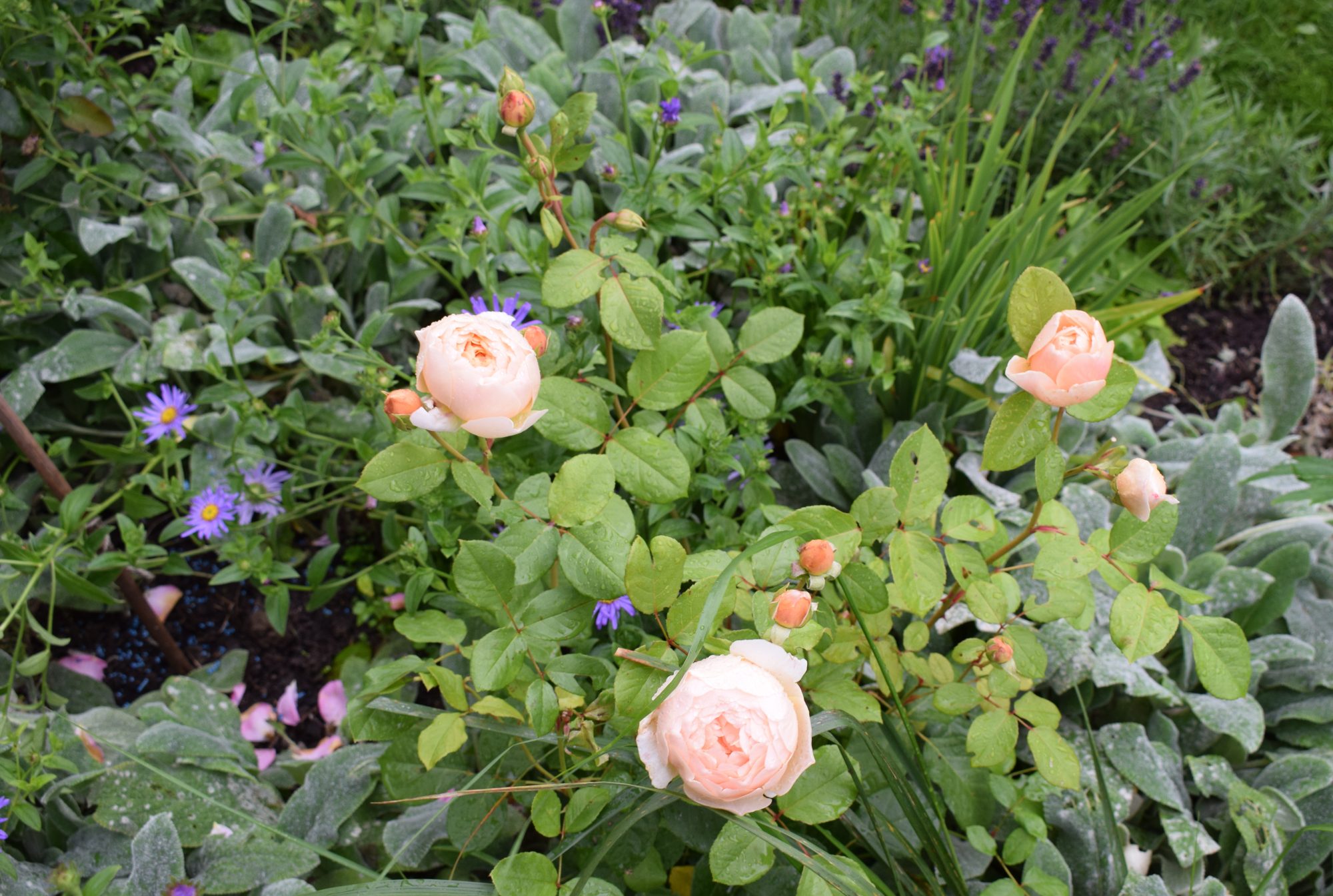The concept of the landscape has become a key aspect of ecology, farming, wildlife conservation, history, archaeology and natural resource use.
The landscape perspective encourages us to look at a site as an element of something much larger, to place it in context.
It promotes a more outward looking and inclusive perspective, one that seeks to integrate natural ecosystems and diverse forms of land use whether these entail pastoral farming, fruit and vegetable growing, silviculture, sustainable energy and water use, archaeology, visual scenery, sound ambience and biodiversity conservation.
Landscape architecture shares with gardening a concern for aesthetics and amenity but it addresses also the design of functional and productive spaces such as farms, forests and hydroelectric and windpower schemes, and promotes wildlife conservation and climate change mitigation.
As renowned Landscape Architect Geoffrey Jellicoe and Planting Designer Susan Jellicoe recognised, people have been moulding and shaping landscapes since prehistoric times — witness the megalithic monuments of Wales, Brittany, and generally the Atlantic fringe of western Europe.
Both people and nature are integral to landscape, to the use of space and natural and environmental resources.
The challenge is to find the right balance, to engage local people and the community in the process of landscape design.


